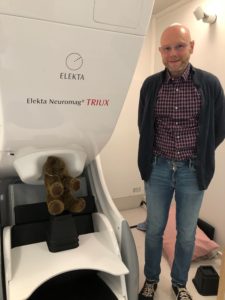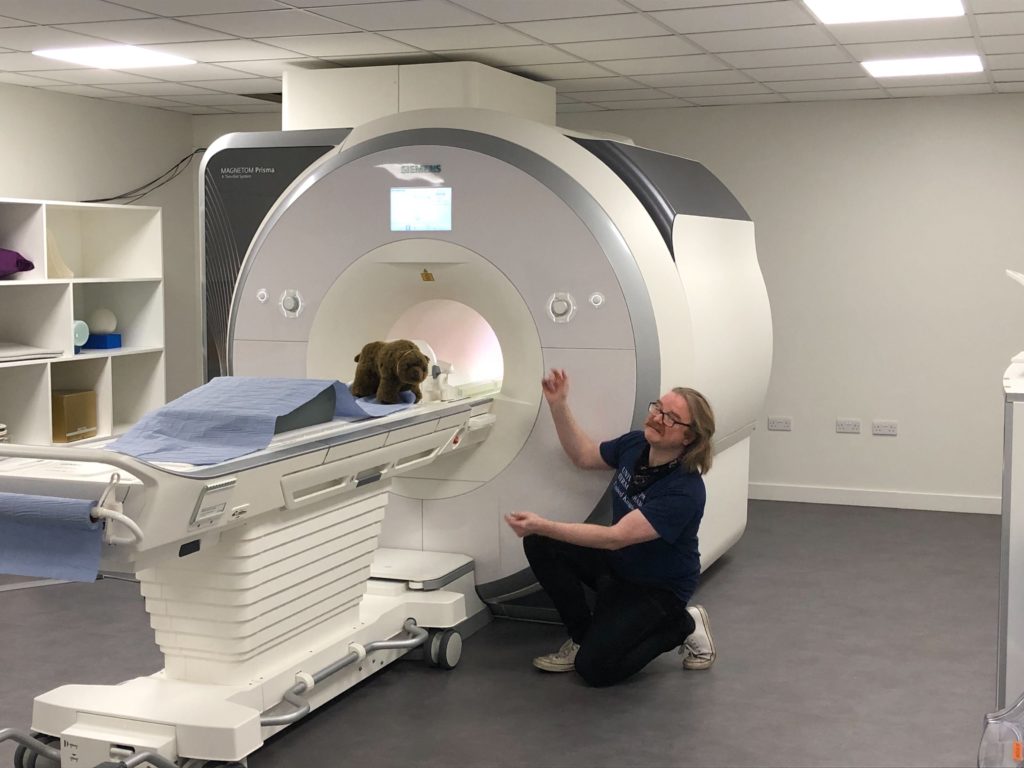Our next researcher in the #BearonTour series is Professor Ole Jensen (ORCID ID), Co-Director of the Centre for Human Brain Health in the School of Psychology.

Q1 – Tell me about your research
We are using various kind of brain imaging tools to investigate the human brain in the context of clinical and cognitive neuroscience. My focus is to study brain oscillations and how they support cognition in the working brain. Examples of tasks we investigate are spatial attention, memory and reading. To this end we collect data using MEG. This is a brain recording technique where we acquire ongoing magnetic fields generating by the neurons from 306 sensors. This allows us to investigate how different brain regions engage in a task and how they communicate.
Q2 – How do you use BEAR services?
Our research using e.g. MEG and fMRI generates large data sets; typically 3-4 gigabyte per participant. In a given study we might collect data from 30 to 100 participants. We use the BEAR service to store the data and keep them safe as well as for sharing data within our team. The Research Data Store (RDS) is essential for this. A large part of our research involves data processing of the brain imaging data. To this end we apply various spectral, statistical and machine learning tools. For this the BEAR High Performance Computing is absolutely essential including the parallel processing abilities.

Q3 – What is the best thing about BEAR (apart from me)
Safe and reliable central storage connected to fast high-performance computing facilities. The is complemented by an excellent and highly competent team supporting the BEAR and how to use it.
Thanks to Ole and colleagues in the CHBH for a really interesting tour of their facilities.
Look out for our next researcher soon!
